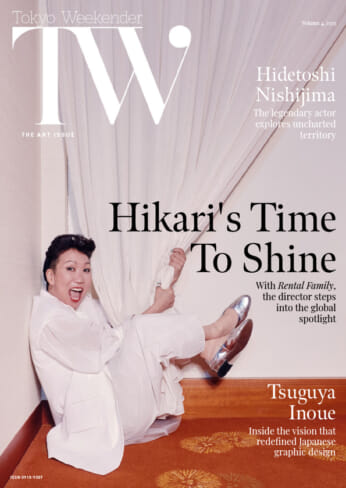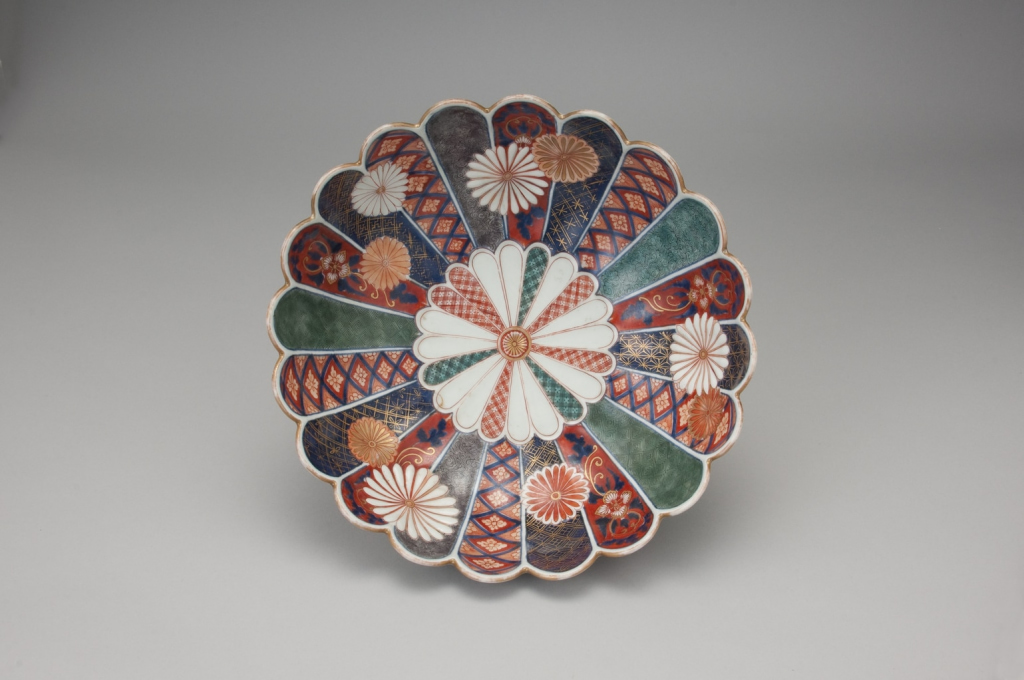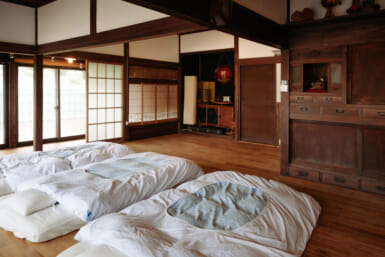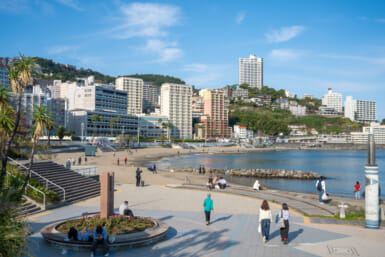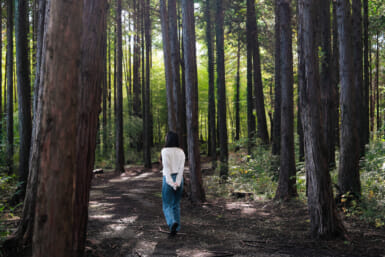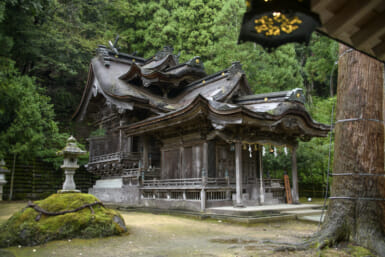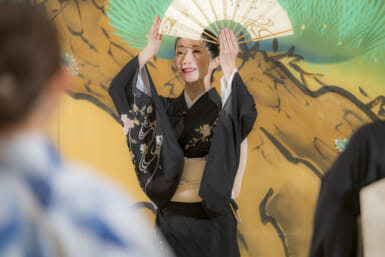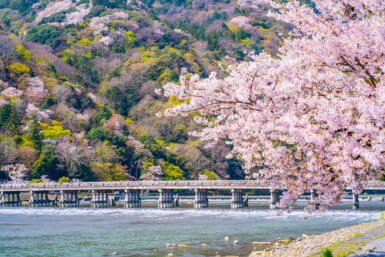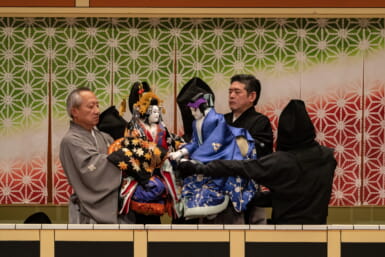One of the great pleasures of traveling in Kyushu, whether you’re interested in art, history, shopping or all three, is delving into its heritage of fine ceramics. Kyushu has one of the highest concentrations of active kilns in the country. It’s also full of museums and historical sites related to the development of ceramics in Japan. Within Kyushu, there’s no better place to start your exploration than Saga Prefecture, the very birthplace of Japanese porcelain.
The smallest of Kyushu’s seven prefectures, Saga is located in the northwest of the island. It’s easy to get there from Fukuoka and Nagasaki and served by the airports in those cities as well. It also has its own International Airport too. For over four centuries, Saga has held outsize importance due to its production of high-value ceramics, earning its people wealth, prestige and international recognition.
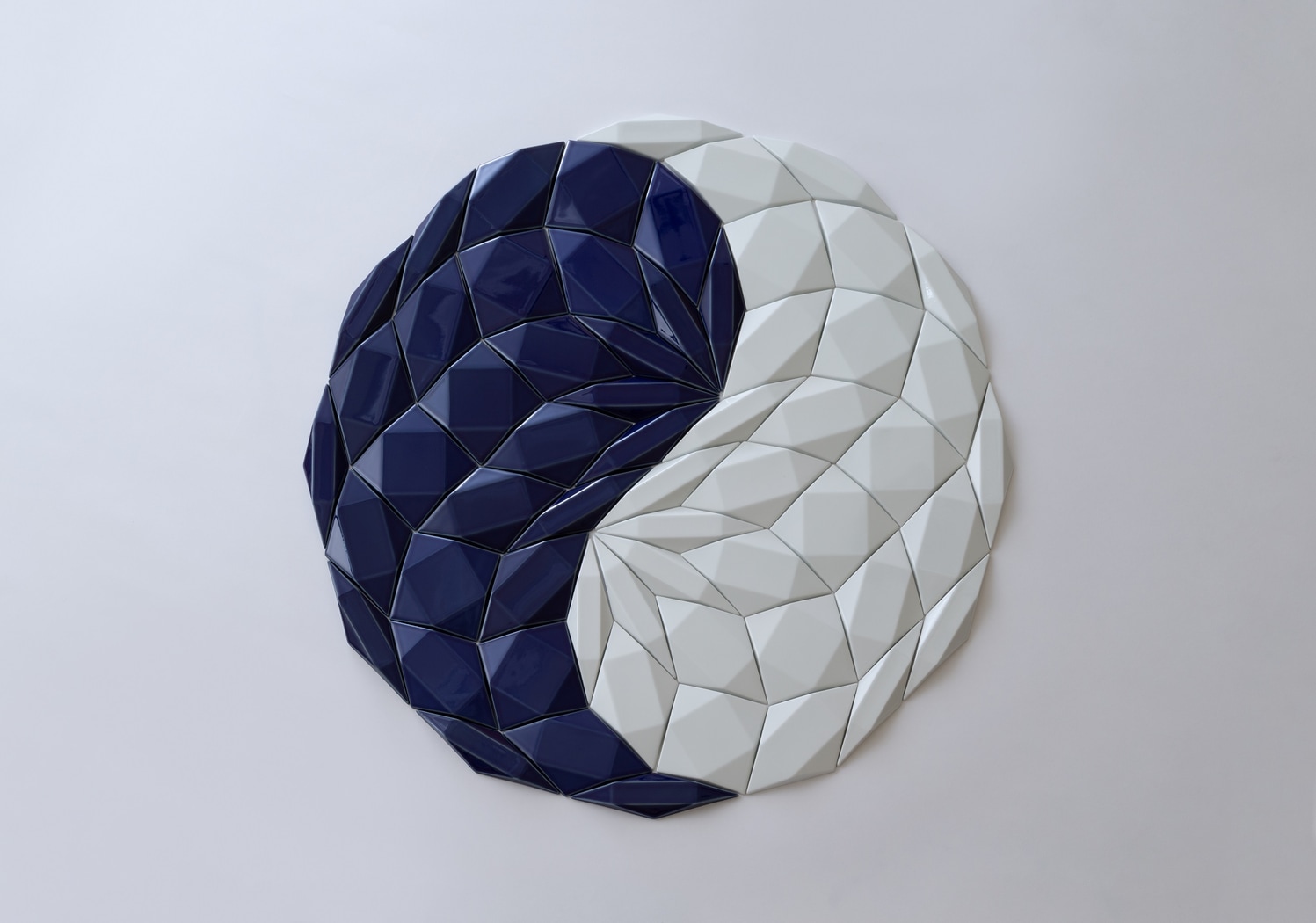
Aritayaki Rhombus Works” (2019) by Tokolo Asao.
This long and fascinating history is shared at the Kyushu Ceramic Museum, a prefectural showcase established in the city of Arita over 40 years ago. It’s charged with the twin goals of preserving and promoting ceramics as both art and a key local industry. After a two-month closure for renovation, the museum reopened on April 9 with a new look and updated exhibits.
“Along with other changes, we have completely reorganized the historical section of our permanent exhibition, the first major update since the museum opened in 1980,” explains curator Takafumi Miyaki. “We are very pleased to have this opportunity to incorporate the latest research and scholarly findings while presenting the story of Arita ware in ways that will be helpful and appealing to all museum goers.”
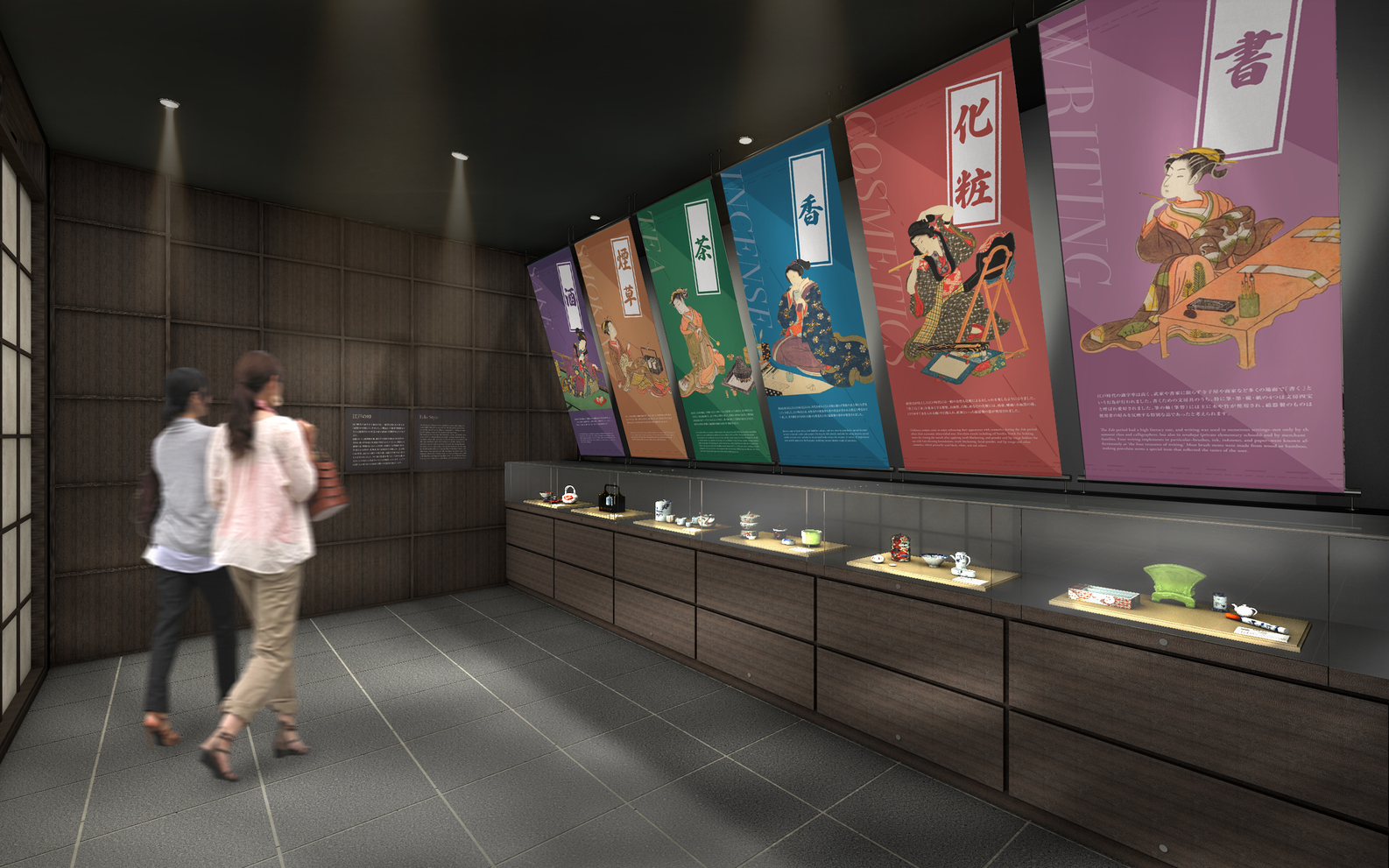
Artist’s representation of new displays tracing the history of Arita ware. Kyushu Ceramic Museum.
Porcelain, a specific type of ceramic that is strong, light and lends itself to colorful decoration, is at the center of this story because it was in Arita, in the early 17th century, that porcelain was first made in Japan. China had long maintained a world monopoly on porcelain by strictly guarding the production process. But around 1610, potters brought to Arita following a Japanese invasion of the Asian continent, discovered the necessary raw materials and established the first porcelain-making kilns in Japan.
In the middle of the century, political unrest in China disrupted that country’s trade and the Dutch East India Company, which had been buying huge quantities of Chinese porcelain for resale in Europe, turned to Japan as an alternate supplier. The product was shipped from the nearby port of Imari, which is how porcelain made in Arita came to be known in Japan and around the world as Imari ware. Today, ceramics made in Arita are referred to as Arita ware.
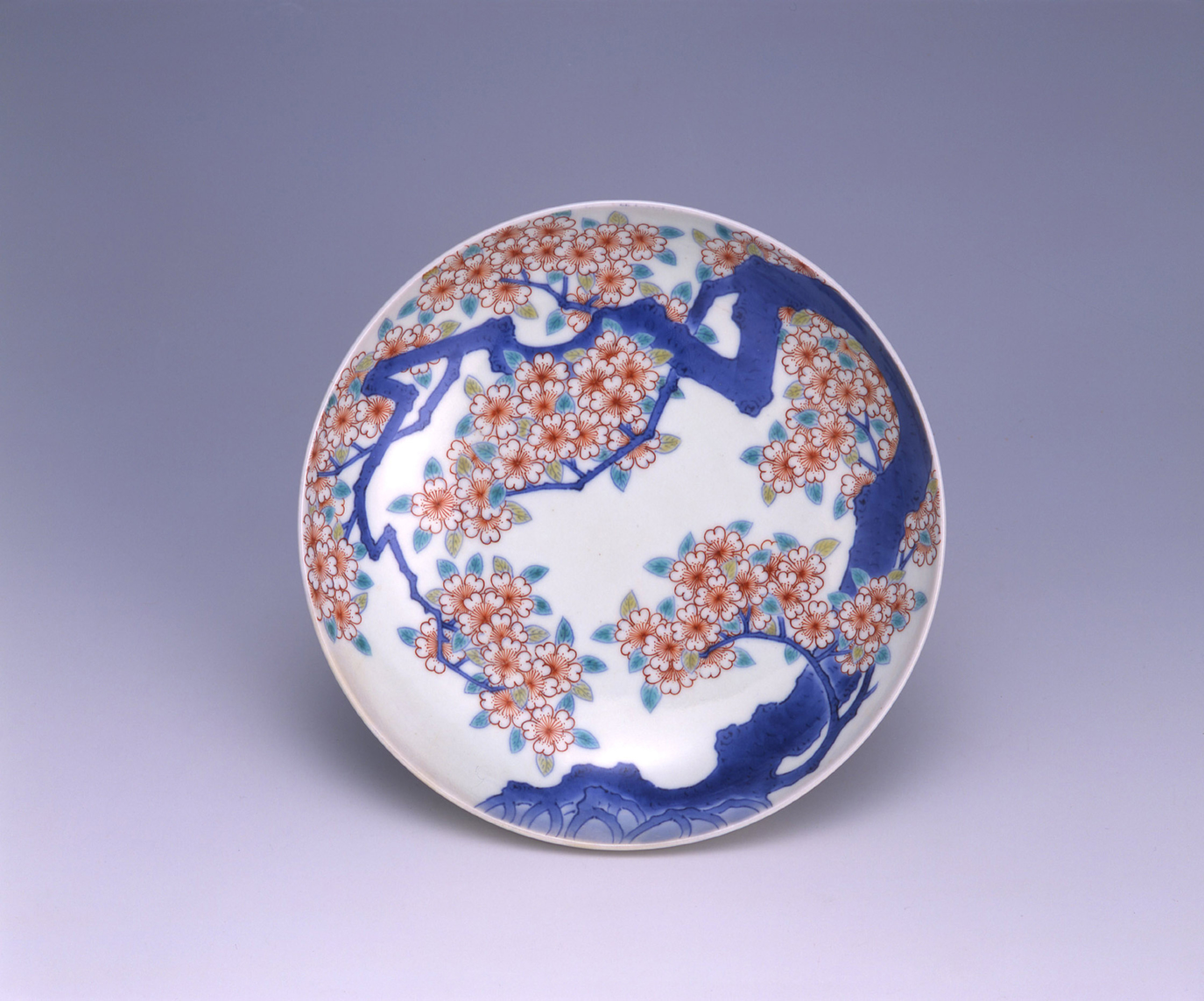
Dish with cherry tree design. Nabeshima ware. 1700-1720s.
One of the Kyushu Ceramic Museum’s major draws is the Mr. and Mrs. Shibata Collection – over 10,000 pieces of Edo Era porcelain made for the domestic market. A spacious gallery is given over entirely to this collection, which is remarkable as much for its quality and breath as its size, with approximately 1,000 pieces on display at any one time. The museum also boasts excellent permanent displays of modern ceramics, including works by prominent Kyushu potters and hosts traveling exhibitions of ceramic art selected in contemporary competitions.
To mark the museum’s reopening, a special exhibition titled “The Tragedy at Loosdorf Castle: The Destruction and Rebirth of Exported Old Imari” will be displayed from May 28 to July 18. The castle at Loosdorf, in Austria outside of Vienna, was once lavishly decorated with Japanese porcelain imported from the 17th to 19th centuries. But much of this valuable collection was willfully destroyed due to looting at the end of World War II. The family, subsequently, kept the shattered pieces on public display within the castle as a reminder of the cruelties of war.
In 2018, a team of art historians visited the castle, discovering pieces that, although damaged, were of historical and artistic importance. The works were reassembled using new restoration technology and the dedicated efforts of volunteers. They will be on view alongside reference pieces from the museum’s own collection. It’s sure to be a fascinating exhibition.
Images courtesy of the Kyushu Ceramic Museum.
